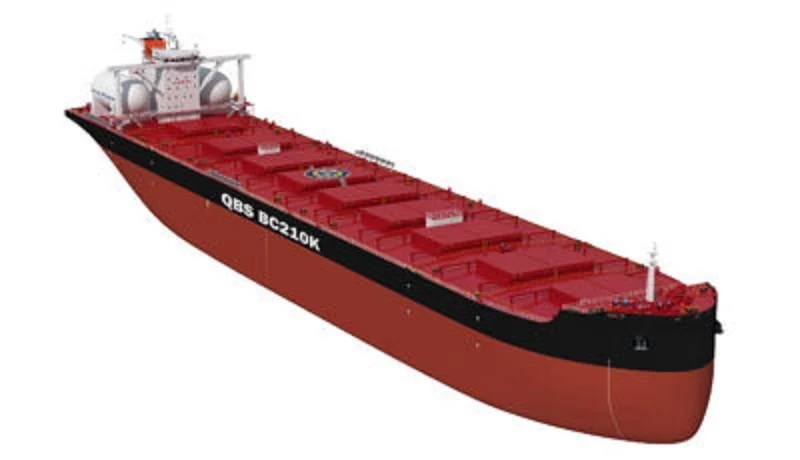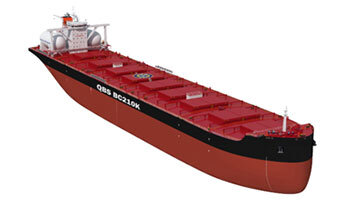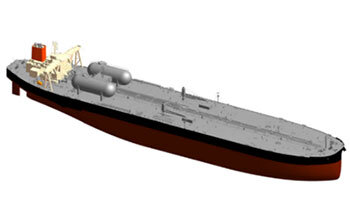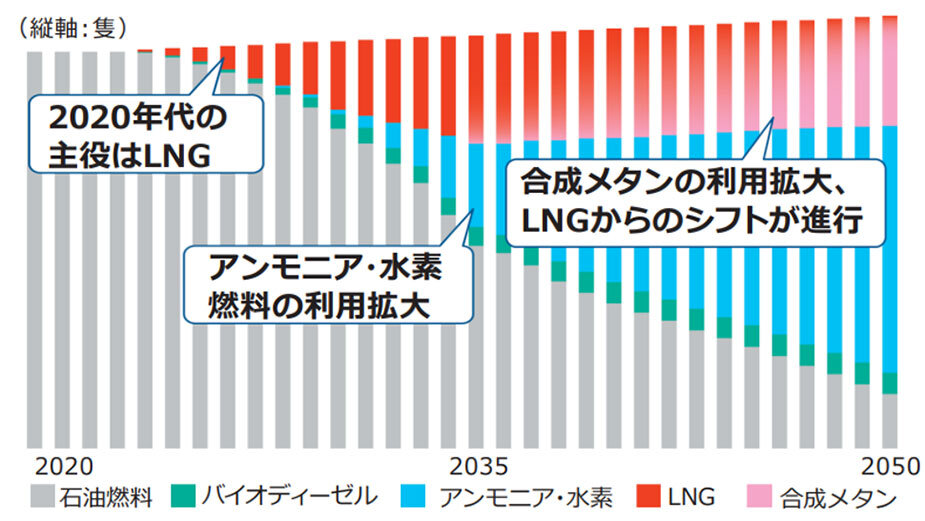MOL Decides to Build 6 Large Vessels Using LNG as Main Fuel

MOL (Mitsui O.S.K. Lines) decides to Build 6 Large Vessels Using LNG as Main Fuel, Steadily Promoting 90 LNG-fueled Vessels by 2030.
MOL Lines, Ltd. has launched four Capesize bulkers powered by environmentally friendly LNG and a Very Large Crude Carrier (VLCC). ) decided to build two vessels and signed a construction contract with a shipyard.
Capesize Bulker has signed a contract with CSSC Qingdao Beihai Shipbuilding Co., Ltd. (Chairman: Chen Qing, Head Office: Qingdao, China) to build four 210,000 DWT Capesize bulkers. concluded. This is the first order for new construction at the same shipyard, and is scheduled to be completed sequentially from 2025 to 2026.
VLCC has signed a construction contract with Kawasaki Heavy Industries, Ltd. for two 309,000 DWT VLCCs. The VLCC ordered this time will be built at Dalian Zhongyuan Shipping Kawasaki Ship Engineering Co., Ltd. (DACKS, Dalian, China), which is jointly operated by Kawasaki Heavy Industries, Ltd. and China Ocean Shipping Group Co., Ltd. Construction of LNG-fueled VLCC will be the first attempt by a Japanese tanker company, and is scheduled to be completed in stages from 2025 to 2026.
| Ship type (number of ships) | Capesize bulkers (4 ships) | VLCC (2 vessels) |
|---|---|---|
| full length | about 300 meters | about 339.5 meters |
| Width | about 50 meters | about 60 meters |
| deadweight ton (DWT) | about 210,000 tons | about 309,000 tons |
| Scheduled completion | 2025-26 | 2025-26 |
| EEDI regulations (Note 1) | Phase 3 | Phase 3 |
| Image diagram |  |
 |
The MOL Group aims to achieve net zero emissions by 2050, and in June 2021, we are promoting decarbonization and low-carbonization in line with the " MOL Group Environmental Vision 2.1 ." To achieve this, the company plan to deploy about 90 LNG-fueled ships by 2030 as part of our strategy of introducing clean alternative fuels (Fig. 1).
Compared to conventional fuel oil, LNG fuel has a GHG emission reduction effect of 25 to 30% for carbon dioxide, and has been used as ship fuel for many years. MOL is promoting the introduction of LNG-fueled ships as an initiative to reduce GHG emissions that can be realized immediately. In the future, we are also considering replacing it with synthetic methane produced using renewable energy, which can significantly reduce GHG emissions. To achieve net zero emissions in 2050, we aim to further reduce GHG emissions by utilizing LNG fuel as a transition.
In addition to the car carriers, bulk carriers, ferries, and tugboats that have already decided to introduce LNG fuel, including the two vessels already in service, the NYK Group will operate 16 ocean-going vessels and 6 coastal vessels, including Capesize bulkers and VLCCs. decided to build an LNG-fueled ship. We will further expand the introduction of LNG-fueled ships as an initiative that can be taken now, and accelerate the reduction of total GHG emissions.
Conceptual diagram of changes in MOL oceangoing fleet composition by fuel

